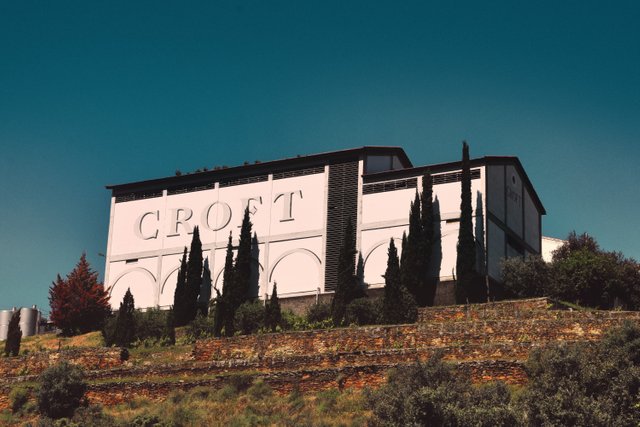📷Curiosities about the Azores Archipelago
Italy Community
✅ 1910 | The Tragedy of Amigo do Povo at the Port of Madalena
In Azorean geography, no two islands are as close to each other as Faial and Pico, separated only by the Faial Channel, which is about three miles wide at its narrowest point between the city of Horta and the town of Madalena.
This geographical proximity fostered a deep economic and social interdependence between the two islands. As Raúl Brandão wrote in The Unknown Islands:
"What makes an island most beautiful, what completes it, is the island facing it."
The Amigo do Povo
The economic connection led to the creation of regular inter-island transport services, especially from the late 19th century onwards. One of the key vessels in this connection was the Amigo do Povo, a small open-deck boat that made its first journey on September 7, 1895, servicing the Faial–Pico route.
Measuring 12 meters long and 2.5 meters wide, it was equipped with two masts and lateen sails. Though not motorized, it served for years in carrying passengers and cargo across the channel.
The Disaster of March 14, 1910
On March 14, 1910, the Amigo do Povo set sail from Madalena bound for Horta, but was caught by strong winds and driven onto rocks just south of the port. The rowers had no time to regain control.
The result was a shipwreck within sight of Madalena's pier, claiming 28 lives out of the 57 people on board.
The newspaper O Telegrapho published a detailed front-page account of the tragedy titled "Shipwreck of the Madalena Boat":
"The shipwreck of the boat Amigo do Povo, outside the port of Madalena on the 14th, had several causes: the boat was overloaded, the number of passengers was large, and the crew was small — some hardly deserved to be called sailors. The moment of departure was ill-chosen, as a downpour hit, driven by strong NW winds that pushed the boat onto the rocks south of the port.
There was no room for more oars because of the heavy load, and only four could be used, which wasn’t enough to counter the drift. Then came cries of anguish on board, and on land, people launched boats in a desperate attempt to help.
The boat struck a rock known as Pedra do Salão. A wave lifted it onto the reef, and when it receded, the boat capsized, masts extended over the sea. In that terrible moment, everything inside was thrown into the water — passengers clinging to each other like human clusters, buried under a massive load."
Contributing Factors
According to reports, the cargo consisted of 2,000 bundles of firewood, a load of wicker, numerous suitcases, and 16 bundles of greens — all of which hampered the boat's maneuverability.
One major cause of the accident was said to be a large slab of rock that had collapsed into the northern exit of the port during previous storms. It had not yet been removed and obstructed the vessel’s path.
The Aftermath
Of the 57 people on board, 29 survived, including crew and passengers. Most of the victims were residents of Candelária and Criação Velha.
This tragedy sparked a wave of solidarity throughout the islands. Local papers such as Correio Michaelense reported on the support for survivors and victims' families.
Among the charitable efforts, a special edition of fundraising tickets was issued for 100 réis each, with proceeds going to those affected by the tragedy.
A Lasting Memory
Although the Faial–Pico crossing has seen many difficult moments, no event was as tragic as the wreck of Amigo do Povo on March 14, 1910. The loss of 28 lives left a deep mark in the shared history of these two closely linked islands.
| Category | #italy |
| Photo taken at | Douro Valley - Portugal |
)


Upvoted! Thank you for supporting witness @jswit.
Thank you for sharing on steem! I'm witness fuli, and I've given you a free upvote. If you'd like to support me, please consider voting at https://steemitwallet.com/~witnesses 🌟
@tipu curate
Upvoted 👌 (Mana: 0/8) Get profit votes with @tipU :)
It remembers the Titanic tragedy. What a sorrow.